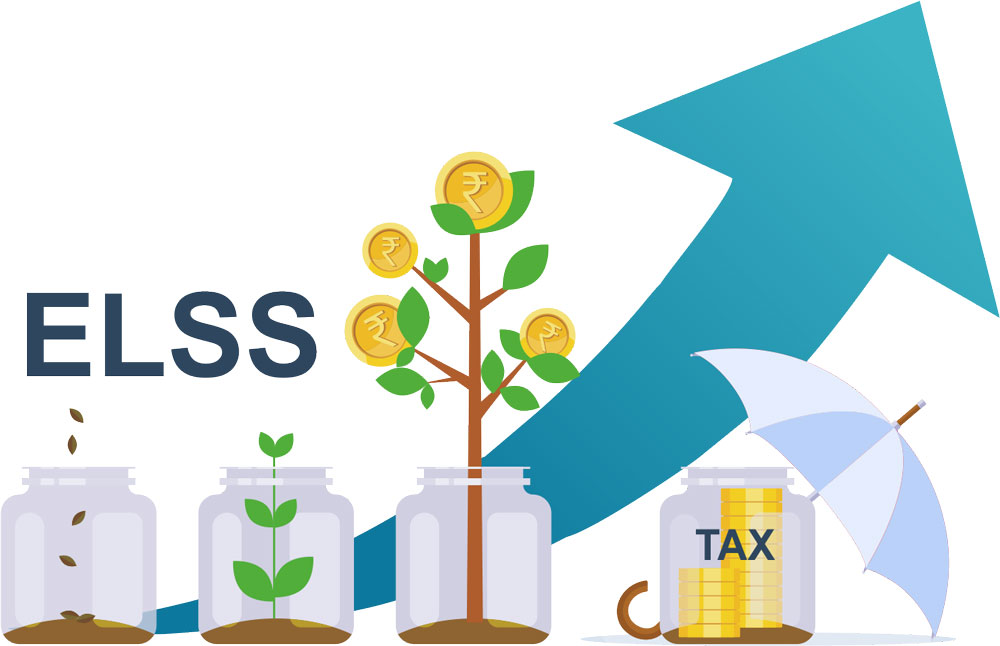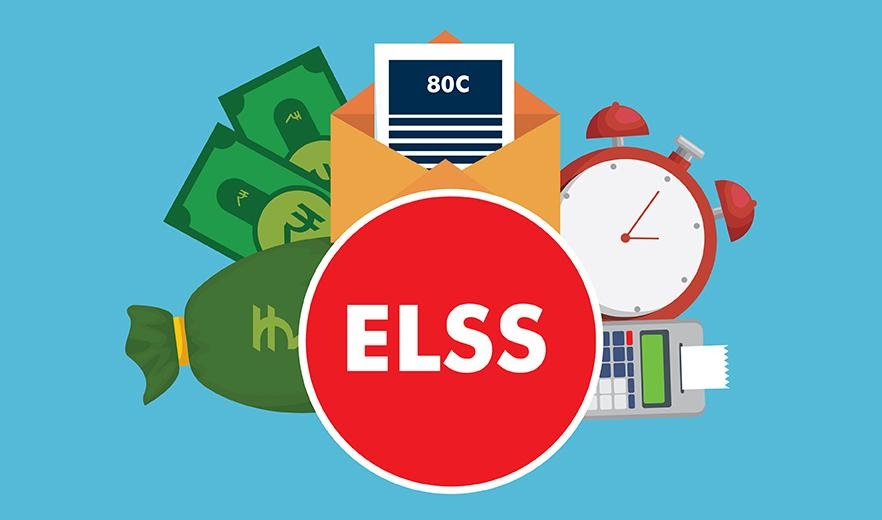3 ELSS Mutual Fund Related Mistakes to Avoid

Smart tax savings start with avoiding common ELSS mistakes—don’t let short-term thinking cost you long-term gains!
Of late, ELSS (Equity Linked Savings Schemes) or “Tax Saving Mutual Funds” have gained tremendous popularity. More and more investors are starting to believe that for saving taxes, ELSS Mutual Funds Sahi Hai!
And why not? As a category, Tax Saving Mutual Funds have grew investor wealth at nearly 20% per annum between 2013 and 2018 – nearly twice as fast as traditional choices such as NSC and PPF, and almost three times faster than traditional Life Insurance. Their shorter lock-in period of three years has added to their allure.
All the obvious advantages of ELSS Funds as an 80(C) instrument notwithstanding, they possess a few all too common pitfalls too. Here are three of them that you must avoid at all costs.
Not understanding the risks
Unfortunately, there are no free lunches in the investment world. Increased return potential will invariably be accompanied with increased risk of capital erosion. Being equity-linked, ELSS funds are high risk in nature – during the crash of 2008 many ELSS funds fell to nearly half their value!
As an investor, you would do well to understand the risks associated with ELSS funds before taking a final decision. If you’re very risk averse, you may want to consider splitting your tax saving amount between ELSS funds and other lower risk instruments such as PPF or Tax Saving FD’s - lower returns notwithstanding. Respecting your unique investment preferences and risk tolerance levels and critical for long-term investing success.
Investing in one shot
A common ELSS Mutual Fund related mistake – is to hold back until the last moment and make lump sum investment into a tax saving mutual fund and the very end of the fiscal year.
While this approach would benefit you if you luckily end up catching a market bottom; it could work against you if you end up investing at a market peak (neither of which can be predicted to the T). A much smarter approach would be to start a Mutual Fund SIP (Systematic Investment Plan) in an ELSS Mutual Fund at the start of the financial year, after computing your projected deficit for the year.
For instance - start a monthly SIP of Rs. 6,000 if you’ve already got Rs. 80,000 out of the Rs. 150,000 covered through other instruments such as your home loan principal, term insurance premiums, or child’s school tuition fees. In doing so, you’ll be benefiting from a mechanism called “Rupee Cost Averaging” which greatly mitigates the risks associated with the stock markets. In the long run, your returns will be a whole lot smoother and less volatile, and you’ll worry about your investments much less.
Fixating on the 3-year lock in
By fixating on the three-year lock-in, many investors harbour the mistaken belief that three years is a sufficient time horizon to invest into ELSS Mutual Funds. In reality, a time horizon of five to seven years is a lot more appropriate, since a Tax Saving Mutual Funds is essentially a 100% equity-oriented investment.
In situations where lump sum investments are made when market valuations are already stretched (such as today’s scenario), it is quite likely that ELSS returns could be flat to negative over a three-year period, with a couple of rough rides thrown in during the course too. In such situations, investors need to be willing to extend their time horizons by a further three to four years (beyond the mandated three-year lock-in) to really reap rewards. While you can derive a degree of comfort that the mandated lock-in will finish within 36 months, you need to mentally commit yourself to longer investment horizon if you’re opting for a Tax Saving Mutual Fund.
Your Investing Experts
Relevant Articles
Benefits of ELSS Investment for the Salaried Class
If you're a salaried professional looking to save tax while growing wealth, Equity Linked Savings Schemes (ELSS) might be your ideal match. ELSS funds offer tax benefits under Section 80C and come with a shorter lock-in period than most other tax-saving instruments. But their real strength lies in long-term wealth creation, especially when invested in through SIPs. Here’s how ELSS can play a strategic role in your investment plan.
Factors To Consider Before Investing in ELSS
Investing in equity linked savings schemes (ELSS) is a popular way to save money and grow wealth. ELSS Mutual Funds provide tax saving benefits, along with the potential to earn higher returns than some other investment options. However, before investing in ELSS fund, there are several factors that should be considered.
Here's Why ELSS Investment is Better Than PPF & NSC
Read this blog to learn why ELSS is better investment option than PPF & NSC. Besides tax savings, it offers capital appreciation. To know more ELSS mutual funds, visit FinEdge now!
.png)
.jpg)

